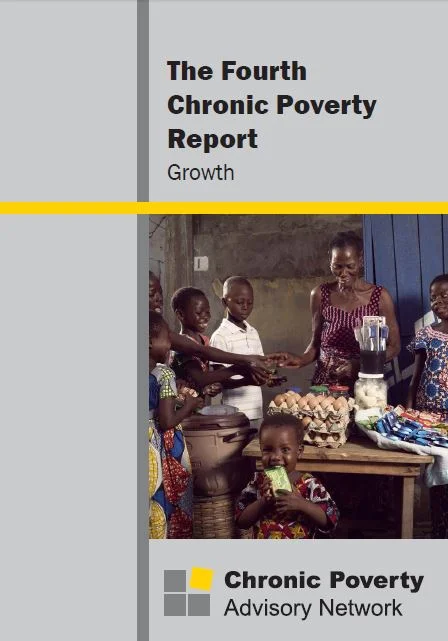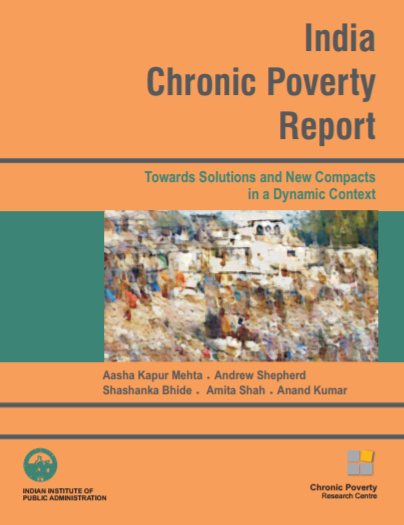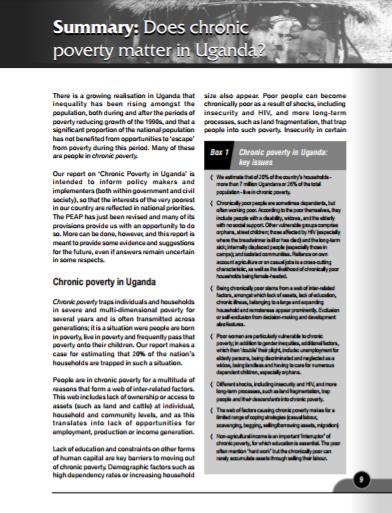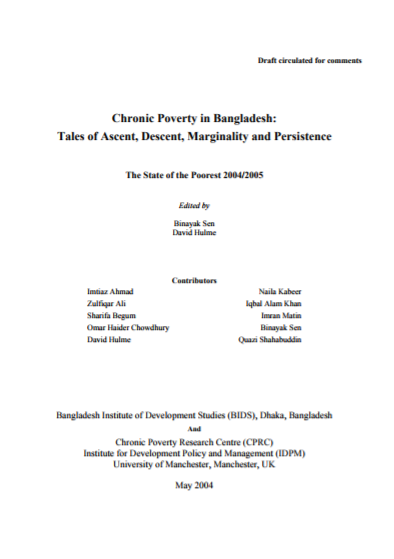This study examines what has been happening to the poorest people in Bangladesh over recent times.11 Around 31% of the rural population presently suffer the indignity of chronic poverty—low consumption, hunger and under-nutrition, lack of access to basic health services, illiteracy and other deprivations for more than a decade. About 24% of the total population currently live in extreme income-poverty. About 19% of rural households cannot have 'full three meals' a day; about 10% subsist on two meals or less for a number of months every year. While Bangladesh has come out of the "shadow of famine", the problem of starvation still persists. Accurate figures are not available for urban areas, but in effect between 25 to 30 million of the country's citizens are chronically poor. Here we review the present status and situation of the poorest, analyse the main factors that keep them in poverty and identify the types of policy that can help them escape deprivation and gain their full rights as citizens of an increasingly prosperous and high-stepping country.
The study looks at the state of two particular groups of the poorest—the chronically poor and the extreme poor. There is a particular focus on chronically poor people—those who remain income or capability poor for much or all of their lives, whose poverty is passed on to their children and who also often die the easily preventable death. The extreme poor are identified not by the duration of time that they experience poverty but for the depth of their poverty at a particular point in time (ie consumption levels that are below 60% of the official poverty line). Intuitively, these two groups may sound very similar, and there is indeed a significant overlap between them, but a focus on the chronically poor leads us to examine poverty dynamics and gain a fuller understanding of the poorest and of the causes of poverty. We already know quite a lot about extreme poverty because of the pioneering work of researchers at the Bangladesh Institute of Development Studies. Much less is known about chronic poverty as the panel datasets that are needed to explore this topic are only just emerging and detailed 'life histories' have rarely been collected.
Putting a face to the poorest is difficult as countless and varied types of people suffer this condition—casual agricultural labourers and their household members, abandoned women and their offspring, street children, street scavengers and pavement dwellers in our towns and cities, elderly women and men who do not have family support, those forced to become sex workers, refugees, the disabled and those with mental health problems and many more: old and young, women and men, working and dependent, or people living in remote rural hamlets and in the heart of Dhaka.










